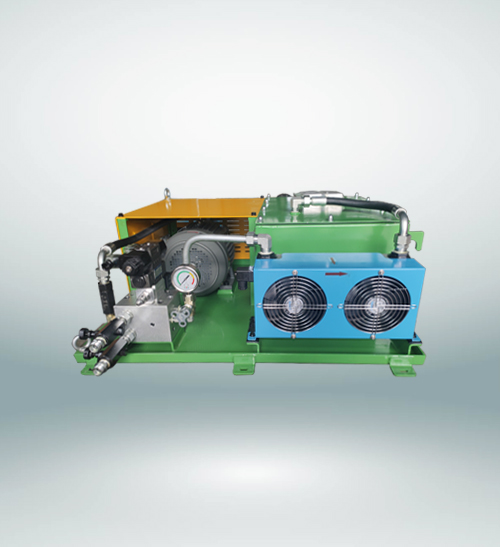
With the continuous advancement of the global industrialization process, energy and environment are the urgent problems to be solved for human survival and development. Energy is the basic element of human survival and the main material basis for national economic development. The environment is the place where human beings conduct production and living activities, is a necessary factor for human survival, and is an important material basis for the sustainable development of the national economy. As an important construction machinery for earthwork construction, hydraulic excavator has a high market share. It is reported that about 65%~70% of the earthwork in the world is completed by hydraulic excavator. Although hydraulic excavator has the characteristics of large consumption and strong functions, its disadvantages of high fuel consumption and poor emissions are increasingly obvious in the context of increasingly strict emission regulations for construction machinery and high fuel prices. Therefore, the energy-saving research of hydraulic excavators has gradually attracted the attention of governments, research institutions and excavator manufacturers.

According to the statistics of relevant data, the efficiency of the hydraulic system of hydraulic excavator is only about 30%. In addition, due to the violent fluctuation of the load, the working point of the engine often deviates from the Z best fuel efficiency zone, and the efficiency of the engine is only about 20%, resulting in an increase in fuel consumption and exhaust emissions. Therefore, improving the efficiency of the hydraulic system is the top priority of the hydraulic excavator energy-saving research. At present, mainstream excavators mainly use multi way valves as the main control valves. The main power losses of such systems include throttling losses, overflow losses during the starting and braking of the slewing mechanism, potential energy losses and throttling losses during boom lowering, and losses caused by poor power matching between the engine and the hydraulic system.